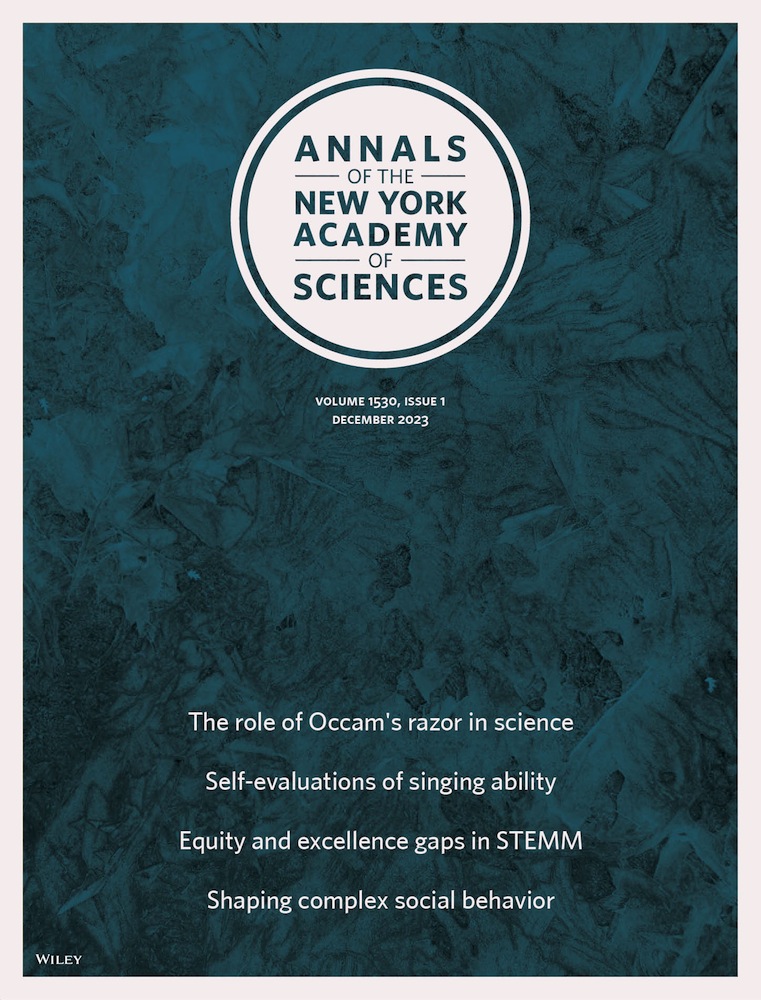Time spent alone and loneliness in Mexican‐origin youth: The role of social relationships and personality
IF 4.1
3区 综合性期刊
Q1 MULTIDISCIPLINARY SCIENCES
引用次数: 0
Abstract
Loneliness is a pressing public health concern, particularly among adolescents and young adults. This preregistered study examined changes in time spent alone from 7th to 12th grade, as well as relationship and personality predictors of time spent alone in adolescence and loneliness in early adulthood, using data from a longitudinal study of 674 Mexican‐origin youth in the United States, a rapidly growing yet understudied demographic. Time spent alone showed linear increases from 7th to 12th grade, with greater increases in time spent alone in high school for youth who spent a high proportion of time alone at the start of high school (9th grade). Greater time spent alone in 9th grade was significantly predicted by gender, lower peer relationship quality, parent–child support, parental warmth, higher parent–child conflict, parental hostility, and youth neuroticism. However, there were no significant predictors of change in time spent alone throughout the course of high school (from 9th to 12th grade). Lastly, loneliness in young adulthood was predicted by spending a high proportion of time alone, higher neuroticism, and lower extraversion in the 9th grade. Thus, time spent alone in adolescence may be a crucial early indicator of later loneliness.墨西哥裔青年的独处时间和孤独感:社会关系和个性的作用
孤独是一个紧迫的公共卫生问题,特别是在青少年和年轻人中。这项预先登记的研究调查了7年级到12年级独处时间的变化,以及青春期独处时间和成年早期孤独感的关系和人格预测因素,研究数据来自对674名美国墨西哥裔青年的纵向研究,这是一个快速增长但尚未得到充分研究的人口统计学。从7年级到12年级,独处的时间呈线性增长,在高中开始(9年级)独处时间比例较高的青少年在高中独处的时间增加更多。九年级独处时间增加与性别、同伴关系质量降低、亲子支持、父母温暖、亲子冲突升高、父母敌意和青少年神经质显著相关。然而,在整个高中课程(从9年级到12年级)中,独处时间的变化没有显著的预测因子。最后,通过九年级时独处的时间比例较高、神经质程度较高、外向性较低来预测青年期的孤独感。因此,青春期独处的时间可能是日后孤独的重要早期指标。
本文章由计算机程序翻译,如有差异,请以英文原文为准。
求助全文
约1分钟内获得全文
求助全文
来源期刊

Annals of the New York Academy of Sciences
综合性期刊-综合性期刊
CiteScore
11.00
自引率
1.90%
发文量
193
审稿时长
2-4 weeks
期刊介绍:
Published on behalf of the New York Academy of Sciences, Annals of the New York Academy of Sciences provides multidisciplinary perspectives on research of current scientific interest with far-reaching implications for the wider scientific community and society at large. Each special issue assembles the best thinking of key contributors to a field of investigation at a time when emerging developments offer the promise of new insight. Individually themed, Annals special issues stimulate new ways to think about science by providing a neutral forum for discourse—within and across many institutions and fields.
 求助内容:
求助内容: 应助结果提醒方式:
应助结果提醒方式:


